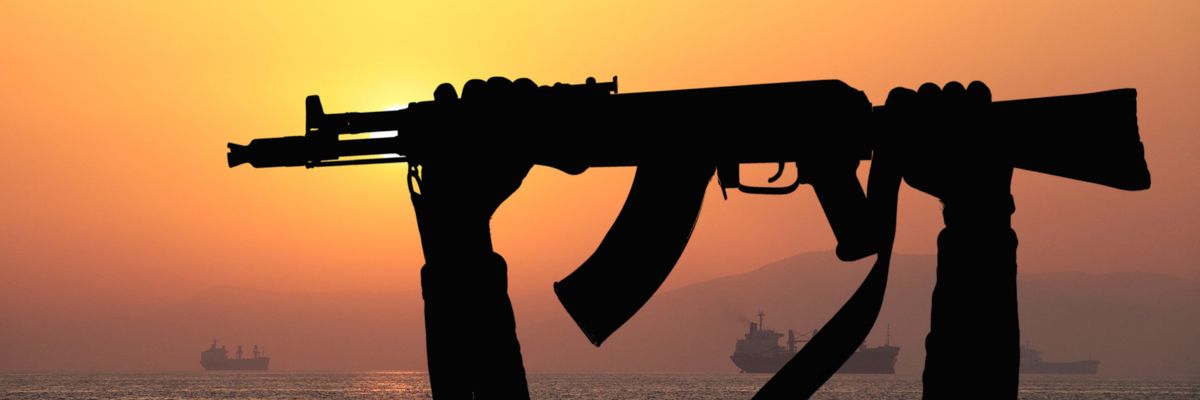The Defense Department’s December 4 announcement that American troops in Somalia are being repositioned out of the country was praised by Trump supporters as a promise kept to bring servicemembers back home, and lambasted by opponents as a threat to U.S. national security. It is neither.
The Defense Department specifically stated that the move is “not a change in U.S. policy,” and that troops aren’t going home. Instead, they will redeploy to nearby Kenya and Djibouti to continue the counterterrorism fight from the air.
The current train-and-equip efforts, focused on Somalia’s elite unit, Danab, could be more immediately impacted by the move because this is done on the ground, in country. As this is a key element of the military’s counterterrorism efforts in Somalia, it is unlikely the military would be abandoning it wholesale, so there would be gaps to fill. U.S.-paid contractors are already involved in the training program and could pick up the slack, or temporary military deployments out of neighboring countries could do so. Using either patch-up would take time to organize and will be even less efficient, less effective, and more costly than those exercises already are. It would be a sorry price to pay for a feigned reduction in military operations.
With no actual intent to reduce our lethal activity from the sky, which has increased dramatically under Trump’s command, this move is unlikely to make Americans more, or less safe. As I explained recently, our ongoing military activity in Somalia is what makes Americans an al-Shabaab target in the first place. This is why I’ve advocated for a smart, thoughtful withdrawal, but over a planned period of years, not an unplanned period of weeks. Even so, with the drone war ongoing from neighboring states, Trump’s smoke-and-mirrors move won’t reduce that risk either.
Concerns about Somalia’s stability in the wake of our rushed exit are legitimate however. The optics alone weaken the Somali government’s position at a politically fragile time with parliamentary and presidential elections planned for December and February. While it is not America’s responsibility to fix all fragile states in the world, we should certainly aim not to do them harm through precipitous actions for cheap political gain.
In short, it’s a sloppy and potentially costly move that could harm Somalia while offering the United States no benefit. Rightsizing should be done soon with a planned withdrawal thereafter, but a wholesale rushed pullout in the midst of a presidential transition is a bad answer to a real problem. It almost seems designed to fail.
Perhaps it is but another move in the slash-and-burn campaign of Trump’s farewell tour, but that doesn’t mean President-elect Biden can’t turn it into an opportunity. Somalia was never likely to be a high priority for the new administration, since Americans don’t particularly know or care about what we’re doing there, but this development could move it up the decision list. The simplest answer would be to reverse the move, reassuring an important counterterrorism partner that the United States is still with them.
But reintroducing troops into a combat zone at the outset of a new administration is not a good look for a president who promised to end endless wars. Instead of letting Trump force his hand, President-elect Biden should seize the moment to shift to Congress the decision of whether military forces redeploy to this specific theater, using this small but active war zone to draw a line in the sand. After all, our military actions in Somalia fall under the 2001 Authorization for Use of Military Force (AUMF), one of dozens of operations launched under the auspices of an authorization that long ago outlived its reasonable application.
The messy departure is not Biden’s fault, but a return of the troops will be on him, unless he chooses otherwise. The damage of a rash removal is set to be done before Biden takes office. He need not feel compelled to be the one to rush a makeshift solution. In the wake of an out-of-control executive who played fast and loose with military threats and action, what better foot to start on than returning a sense of checks and balances to our military operations by deferring to Congress. Though it’s been hard to tell in recent years, that’s where war powers belong anyway.















